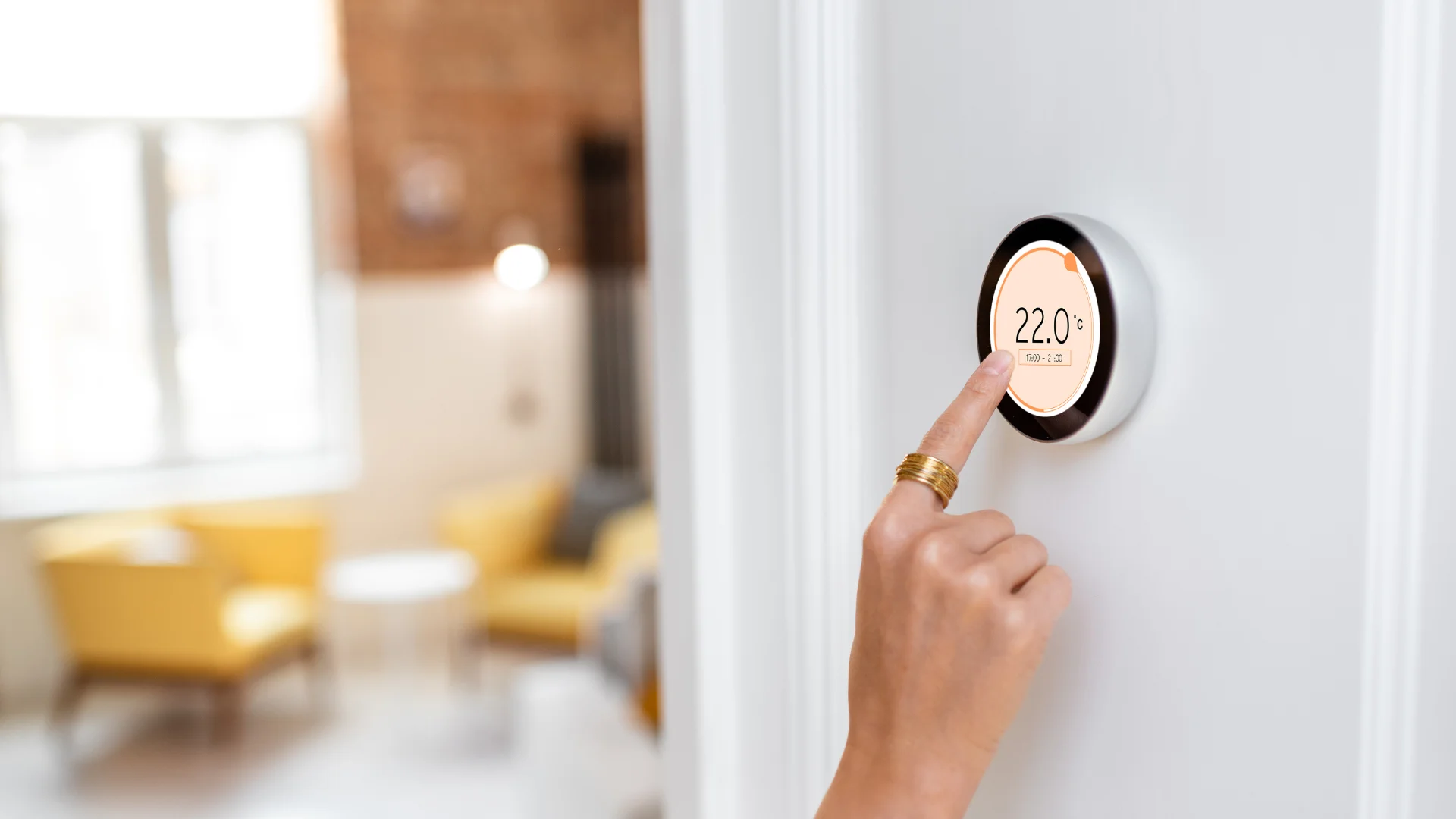Introduction
HVAC stands for Heating, Ventilation, and Air Conditioning, a comprehensive system that provides thermal comfort and indoor air quality in residential and commercial buildings. This article provides an overview of HVAC, its components, and practical DIY tips for maintenance and minor improvements.
What is HVAC?
Heating
Heating systems are designed to maintain comfortable indoor temperatures during cold weather. Common heating methods include furnaces, boilers, and heat pumps.
Ventilation
Ventilation involves the exchange of indoor and outdoor air to improve air quality. This process removes pollutants, odors, and excess moisture, ensuring a healthy indoor environment. Natural ventilation occurs through windows and doors, while mechanical ventilation uses fans and ductwork.
Air Conditioning
Air conditioning systems cool indoor air during hot weather. These systems include central air conditioners, ductless mini-splits, and window units. They work by removing heat from the indoor air and expelling it outside.
Components of an HVAC System
Thermostat
The thermostat is the control center of an HVAC system. It allows users to set and regulate the desired temperature. Modern thermostats include programmable and smart models that offer advanced features like remote control and energy usage monitoring.
Furnace
A furnace heats air and distributes it throughout the home via a network of ducts. It can be powered by electricity, natural gas, or oil. Furnaces are commonly used in colder climates.
Heat Pump
A heat pump transfers heat between the indoor and outdoor environments. It can provide both heating and cooling, making it a versatile component of an HVAC system.
Air Conditioner
An air conditioner removes heat and humidity from indoor air, providing cooling. Central air conditioners use a network of ducts, while ductless mini-split systems provide cooling to individual rooms.
Ductwork
Ductwork is a system of tubes that distributes heated or cooled air throughout the building. Properly sealed and insulated ducts are crucial for maintaining energy efficiency.
Vents and Registers
Vents and registers are the outlets through which conditioned air is distributed into different rooms. They can be adjusted to control the flow and direction of air.
Air Filters
Air filters trap dust, pollen, and other airborne particles, improving indoor air quality and protecting HVAC components from damage. They should be replaced regularly to ensure optimal performance.
Humidifier and Dehumidifier
Humidifiers add moisture to the air, while dehumidifiers remove excess moisture. These components help maintain comfortable humidity levels and improve indoor air quality.
DIY HVAC Maintenance and Improvements
Thermostat Upgrade
Replacing an old thermostat with a programmable or smart model can improve energy efficiency and provide better control over your HVAC system. Installation typically involves disconnecting the old thermostat, connecting the wires to the new unit, and mounting it on the wall.
Air Filter Replacement
Replacing air filters is one of the simplest and most effective DIY maintenance tasks. Filters should be checked monthly and replaced every 1-3 months, depending on usage and filter type.
Cleaning Vents and Registers
Regularly cleaning vents and registers can improve airflow and indoor air quality. Remove the covers, vacuum inside the duct opening, and wash the covers with warm soapy water before reinstalling them.
Sealing Ductwork
Inspect ductwork for leaks and seal them using foil tape or mastic sealant. Properly sealed ducts prevent air loss, improving system efficiency and reducing energy bills.
Insulating Ductwork
Insulating ductwork in unconditioned spaces, such as attics or basements, helps maintain the temperature of the air being transported. Use duct insulation material to wrap the ducts, securing it with tape or clamps.
Cleaning the Outdoor Unit
The outdoor unit of an air conditioner or heat pump can accumulate dirt and debris, reducing efficiency. Turn off the power, remove debris from around the unit, and gently hose down the fins. Avoid using high-pressure water, as it can damage the fins.
Checking the Furnace Flame
Inspect the furnace flame to ensure it is burning blue. A yellow or orange flame can indicate incomplete combustion, which may produce harmful carbon monoxide. If the flame color is incorrect, contact a professional for service.
Clearing Drain Lines
HVAC systems often have drain lines to remove condensation. Over time, these can become clogged. Use a wet/dry vacuum to clear any blockages and ensure proper drainage.
When to Call a Professional
While many HVAC maintenance tasks can be done DIY, certain issues require professional expertise:
- Electrical problems: Faulty wiring or electrical components should always be handled by a licensed technician.
- Refrigerant issues: Handling refrigerants requires special training and certification due to their potential environmental impact.
- Major repairs: Complex problems, such as a malfunctioning compressor or motor, should be diagnosed and repaired by professionals.
Conclusion
Understanding the components and functions of an HVAC system can empower homeowners to perform basic maintenance and improvements. Regular upkeep not only extends the lifespan of your system but also ensures a comfortable and healthy indoor environment. For complex issues, always consult with a professional to ensure safety and efficiency. By staying proactive with your HVAC system, you can enjoy a more efficient, cost-effective, and comfortable home.




